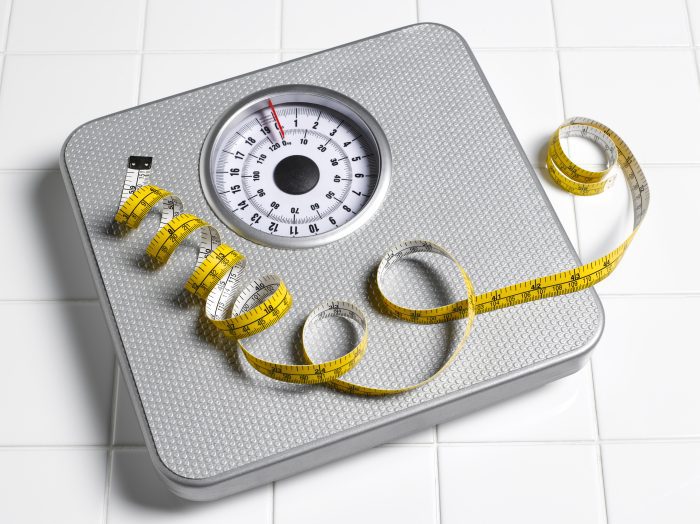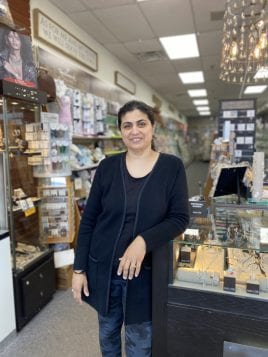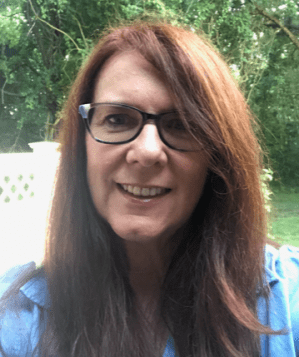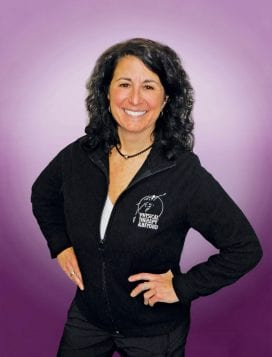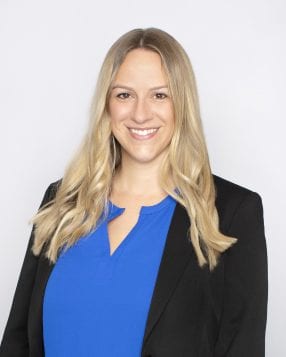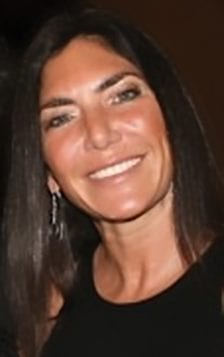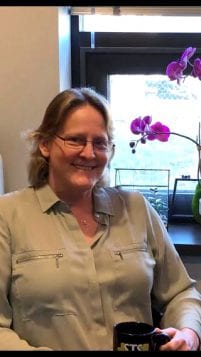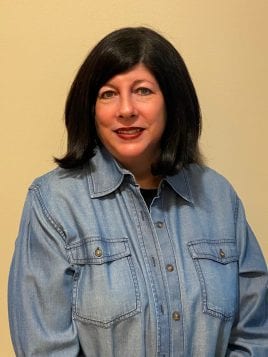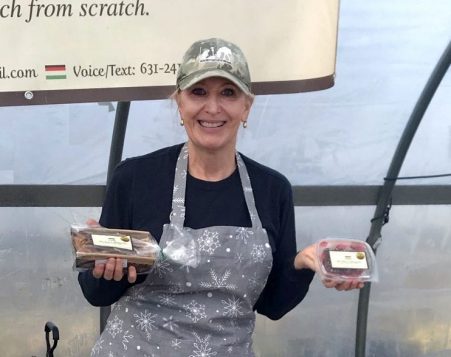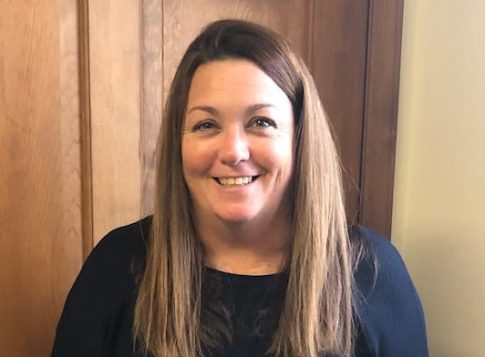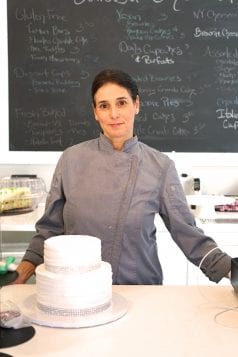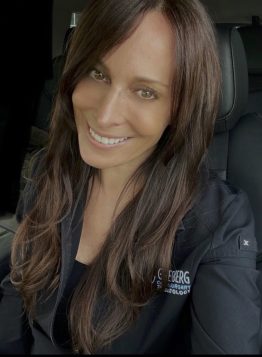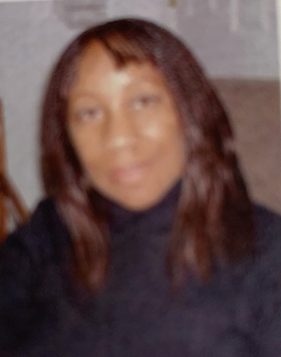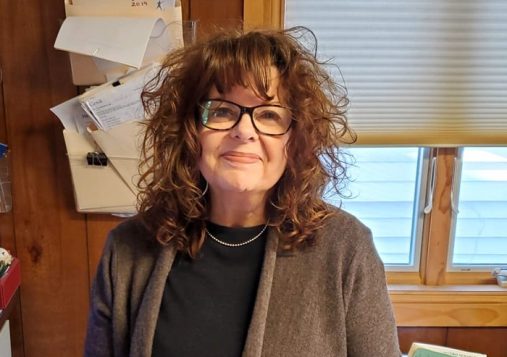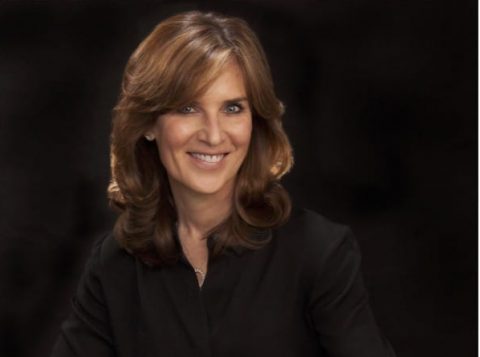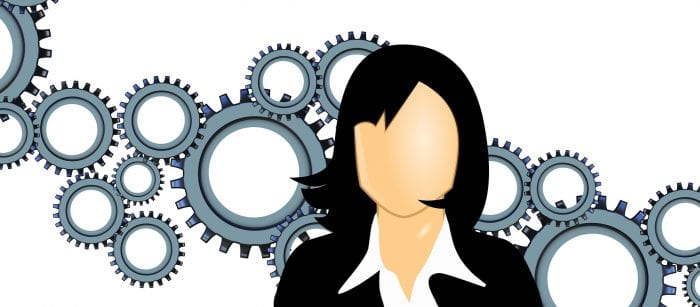By Leah S. Dunaief
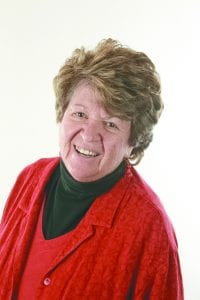
Publisher
Houses are like children. They need constant care and rescuing, especially in this current bout of tempestuous weather we’ve been having. Sometimes they have several needs that just pile up on each other.
The trouble started Saturday, when we plugged the vacuum cleaner into an electric strip and the lights went out. So did the computers. After much hunting and flipping of fuses in the fuse boxes, we finally found the culprit and restored the electricity—but not the computers. That took another long and arduous retracing of procedures, with the help of a kindly electrician, who came over despite his hernia operation four days earlier, until they worked.
Vowing never again to plug the vacuum into the power strip, we thankfully continued on with our lives. We might have even felt a little smug about figuring out how to solve the various problems.
That is, until Monday. Now, no one I know loves Mondays. Unless they work on the weekends and have the day off. So it was not a pleasant beginning to the anyway unwelcome start of Monday, when we found that the fearsome winds of Sunday night had knocked down a heavy tree. It had fallen across the driveway, innocently forming a perfect right angle with the blacktop, making the driveway passable only for deer.
Eventually we got out, only to be informed that the toilet bowl in the office was having a bad day. According to prior plans, the plumber had come to restore the grout at the base of the pedestal, from which tiny amounts of water had been seeping onto the floor. In the process, he heard something snap, he said, and suddenly the minute (my-NOOT) leak turned into a gusher.
We rushed around the building, fumbling for the intake valve. Before we could turn off the water, the plumber somehow stopped the flow, but the problem was not solved. He told us that he needed to replace a particular part. Of course, Monday was Presidents Day, a holiday for plumbing supply stores the world over. After a fashion, our plumber was able to put the crisis on hold until the following day, but not until considerable hysteria was expended, along with the water.
We went home Monday evening, consoling ourselves that these were only inanimate material losses. At least we had personally survived unscathed.
At 7:12 the next morning, a text message arrived, informing us that the managing editor, our only managing editor, had a temperature of 102.3 degrees. She gamely told us that she could do some of her work remotely, but it was going to be a difficult day since the papers are due at the printer Wednesday afternoon. We took some prophylactic action, helped by the good nature and generosity of others, and hoped for the best.
The miseries weren’t over. When we got home, the mixer we were using, that had been valiantly making pulp of the raw fruits and vegetables for a smoothie, suddenly stopped. Just like that, in the middle of making dinner. Unplugging, replugging, restarting, shaking, switching receptacles, giving it a rest, were all to no avail. It was as if a ghost had snuck into the house and jinxed the heretofore powerful mixer, which wasn’t nearly old enough to have died on the job. We looked up the brand on the internet to see if instructions might help us solve the trouble. We found lots of instructions, all of which we had already tried, and the dumb machine just remained on the kitchen counter, silently defying us.
Exasperated, we moved into the living room, picked up the daily newspaper and were ready to turn our attention to exogenous problems about which happily we had no responsibility to solve.
And there it was. One more impotent machine before us. One more challenge to try and fix. The humidifier that we rely on to keep the heat from drying out our biological pipes, as well as our house, was not sending up its normal stream of vapor. I capitulated and went to bed.
Those few days, there must have been something in the water.



